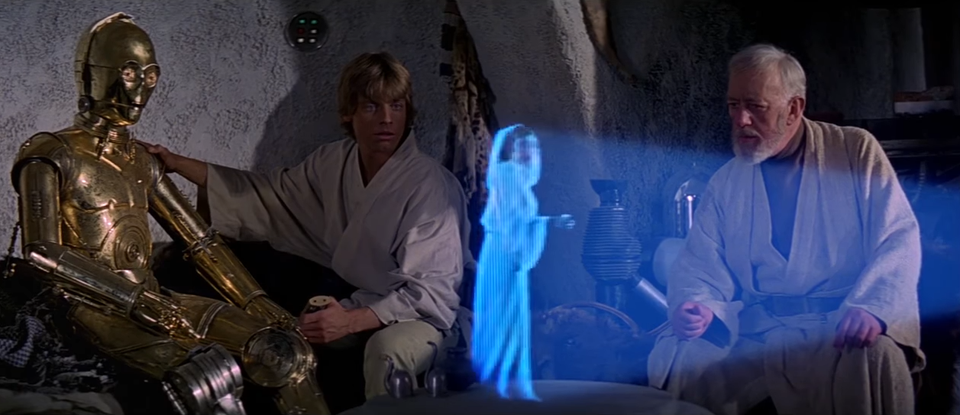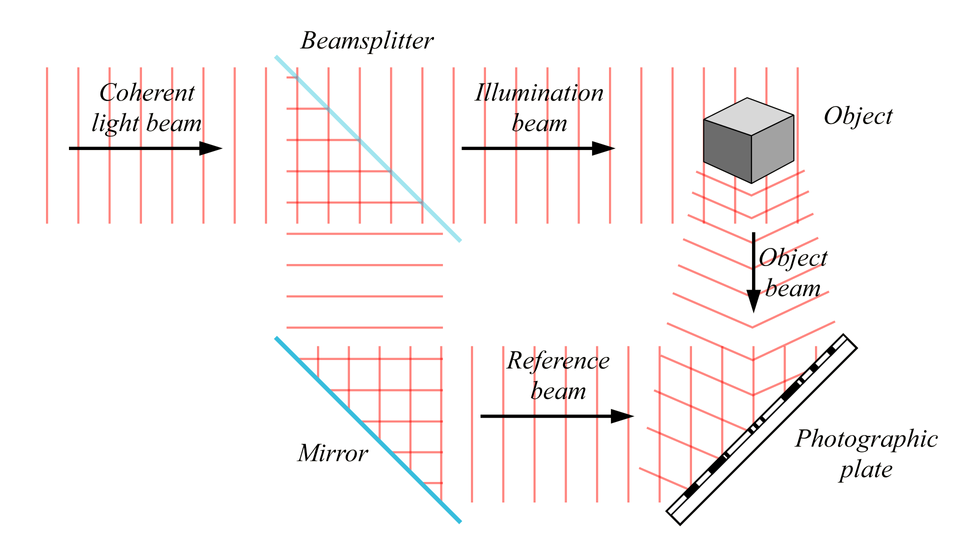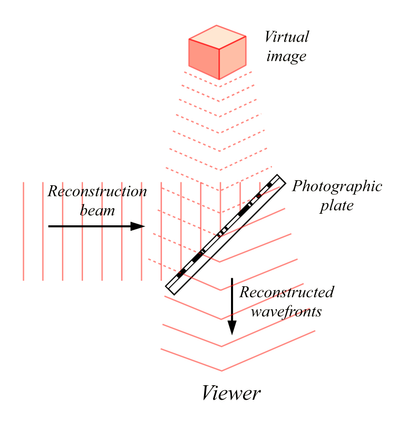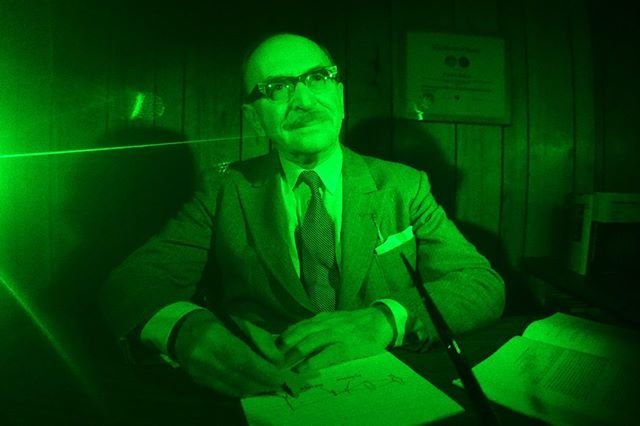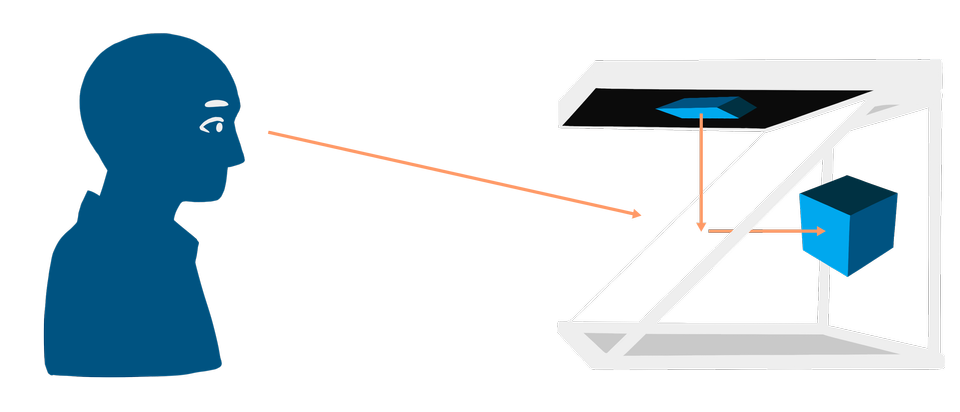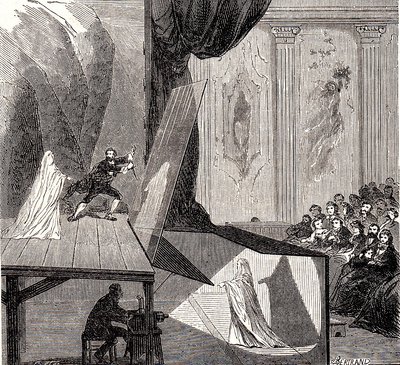If holography was discovered by Dennis Gabor in 1948, it’s only during the 60s that it was allowed to thrive! The development of lasers at this time was crucial for the production of holograms. Indeed, no other technology before guaranteed to have enough precision on the light beam generation and being able to generate the exact same light any time you need. Laser is a coherent monochromatic light source composed of a single color of a single frequency, whereas white light is a compound of several colors dispersed on a frequency spectrum.
But as much as lasers were an important breakthrough, holograms are mostly used in laboratories because their production is both complex and expensive.
The bright side is that holographic images are very hard to forge or counterfeit. It’s almost impossible to copy, scan or reproduce an hologram. This is why today you can read about “security holograms”, these are little iridescent images on your banknotes, passport and credit card that make them immune to forgery and identity theft.
